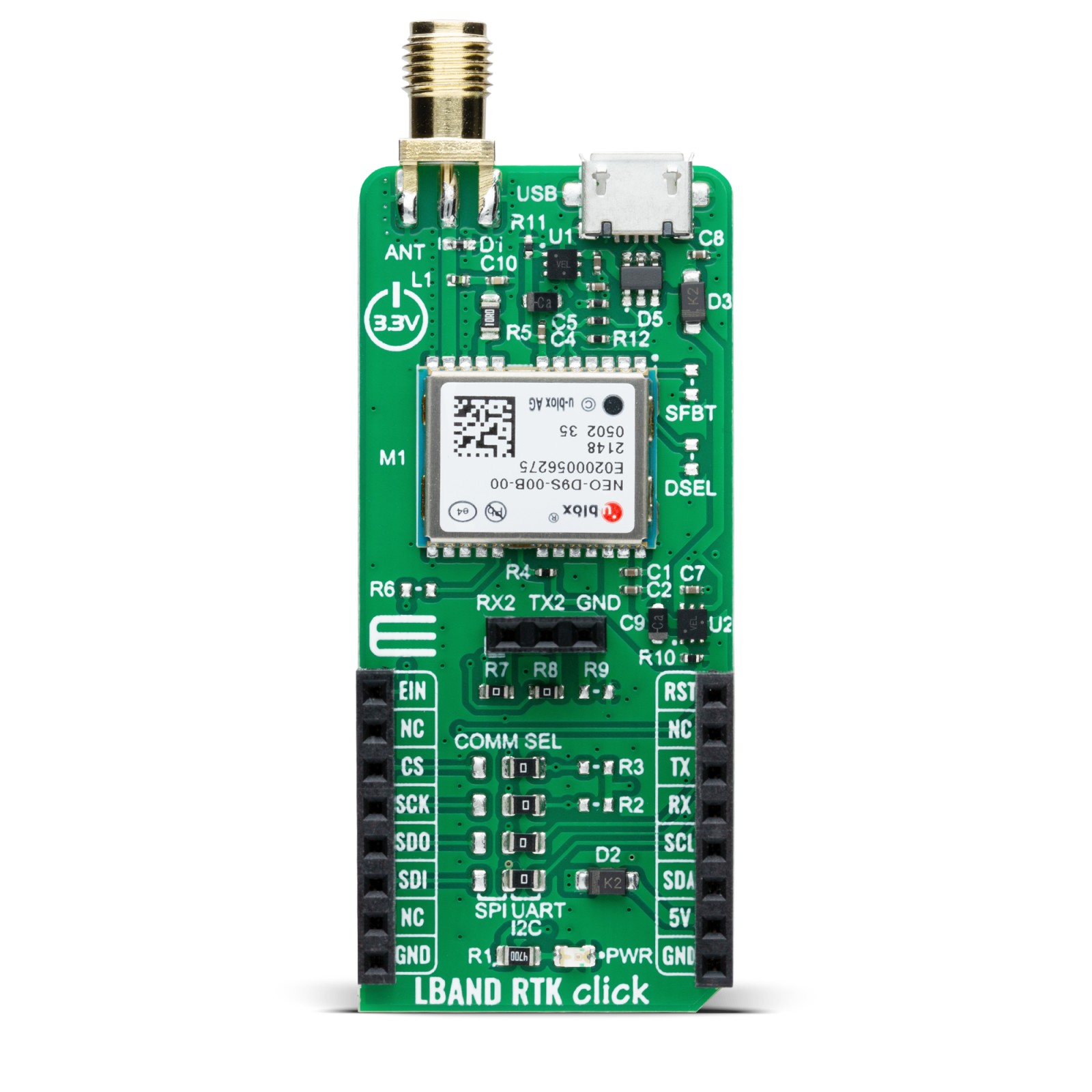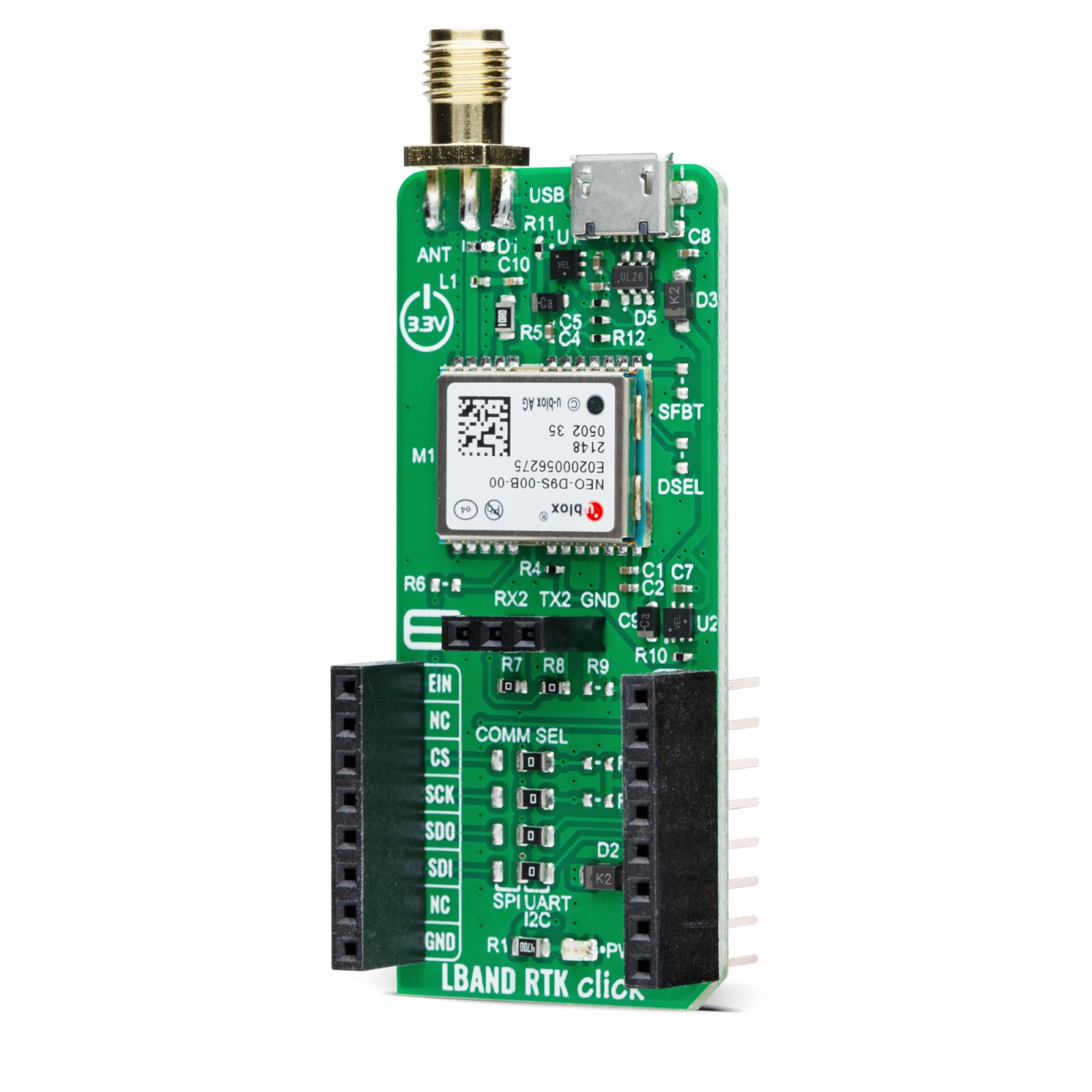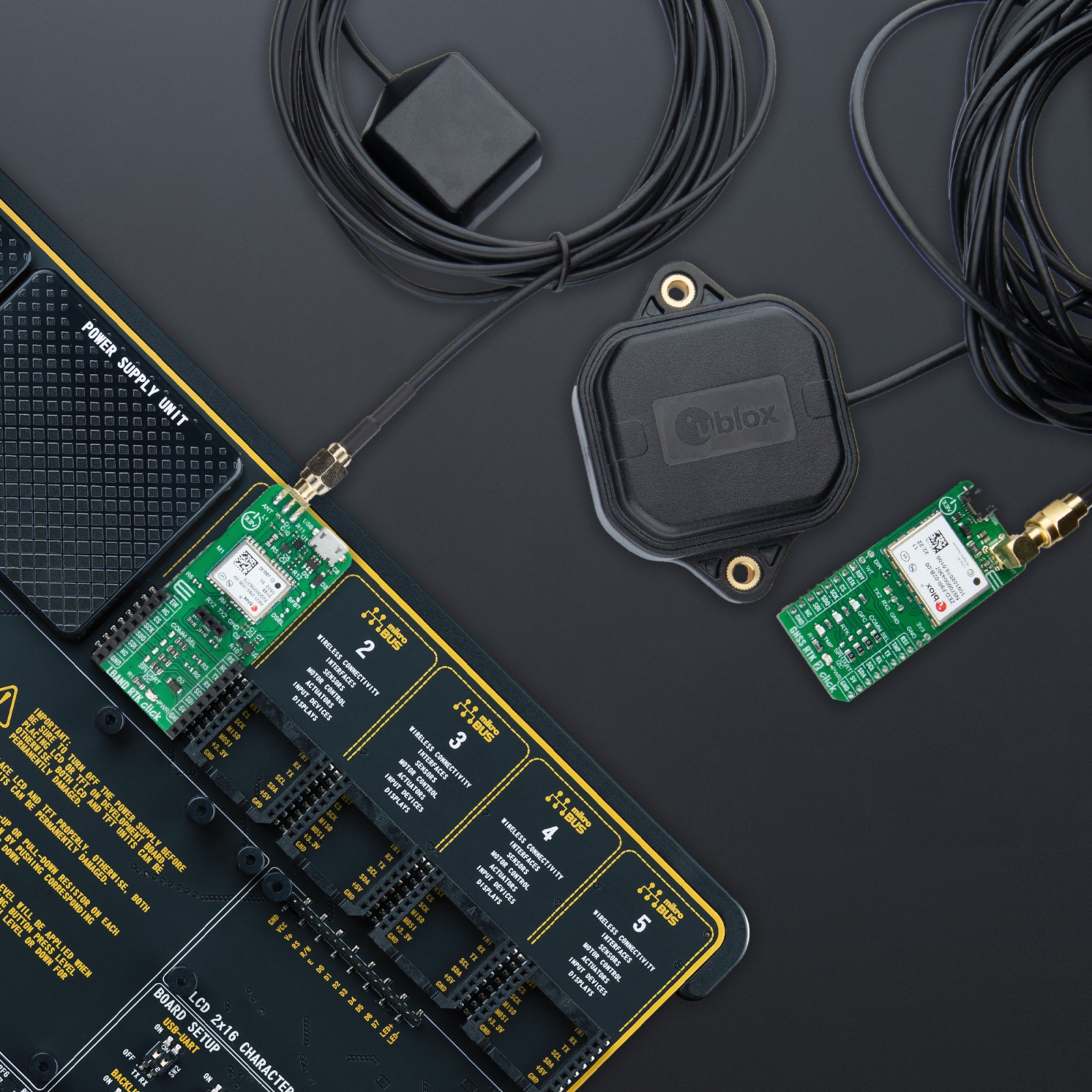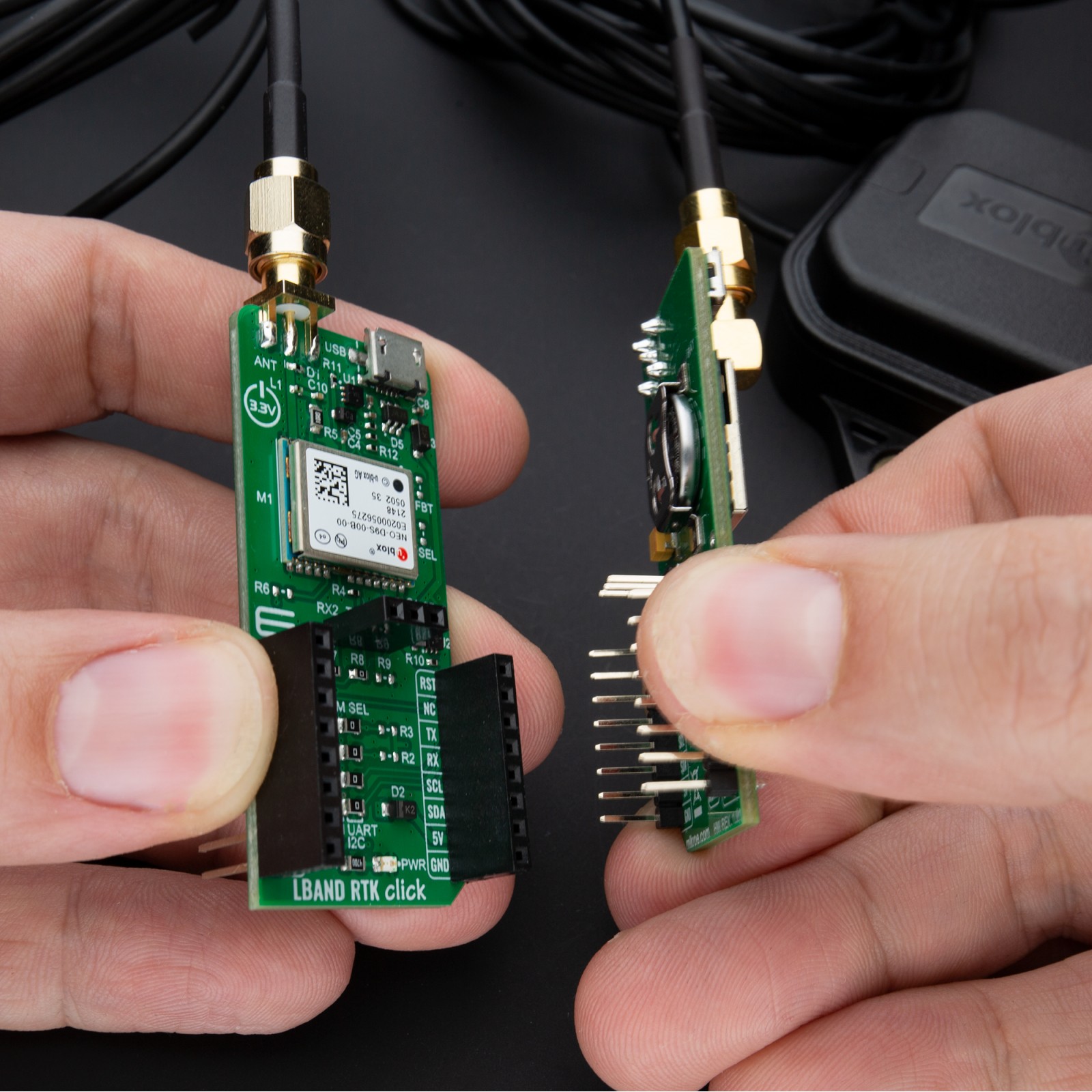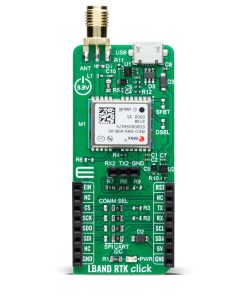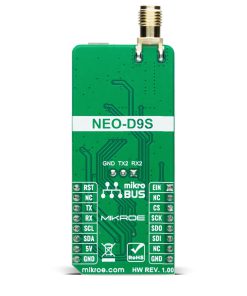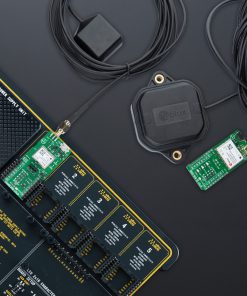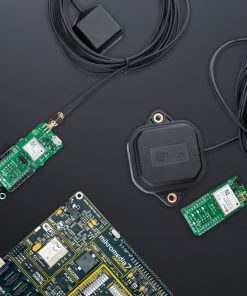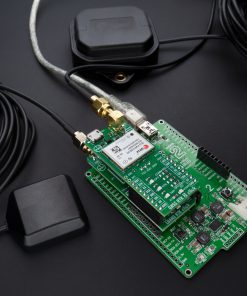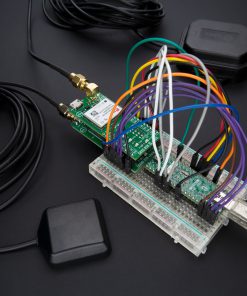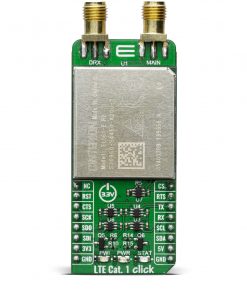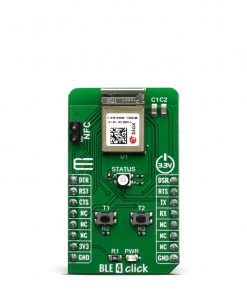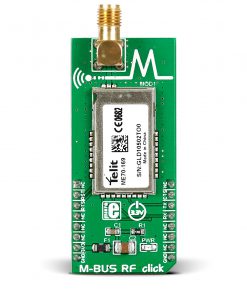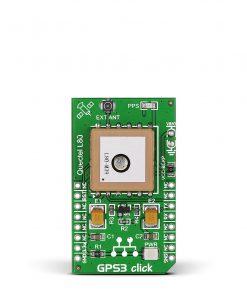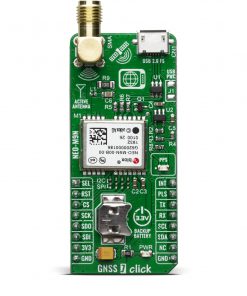-
×
 MP3 Click
1 ×
MP3 Click
1 × R485.00R436.50 -
×
 RN4678 Click
1 ×
RN4678 Click
1 × R855.00R769.50 -
×
 MPU 9DOF Click
2 × R550.00
MPU 9DOF Click
2 × R550.00 -
×
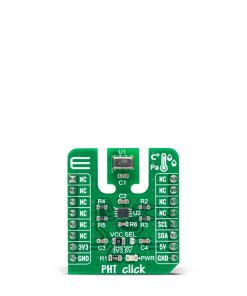 PHT Click
1 ×
PHT Click
1 × R485.00R436.50 -
×
 GPS Click
1 ×
GPS Click
1 × R1,050.00R945.00 -
×
 EXPAND Click
1 ×
EXPAND Click
1 × R260.00R234.00 -
×
 Proximity Click
2 × R220.00
Proximity Click
2 × R220.00 -
×
 ccRF2 Click
1 ×
ccRF2 Click
1 × R800.00R720.00 -
×
 Alcohol Click
1 ×
Alcohol Click
1 × R335.00R301.50 -
×
 WiFi Plus Click
1 ×
WiFi Plus Click
1 × R2,250.00R2,025.00 -
×
 RS485 Click 5V
1 × R235.00
RS485 Click 5V
1 × R235.00 -
×
 3D Motion Click
1 ×
3D Motion Click
1 × R1,050.00R945.00 -
×
 BEE Click
1 ×
BEE Click
1 × R800.00R720.00 -
×
 LPG Click
1 ×
LPG Click
1 × R335.00R301.50 -
×
 Accel Click
1 ×
Accel Click
1 × R355.00R319.50
Subtotal: R9,964.50

